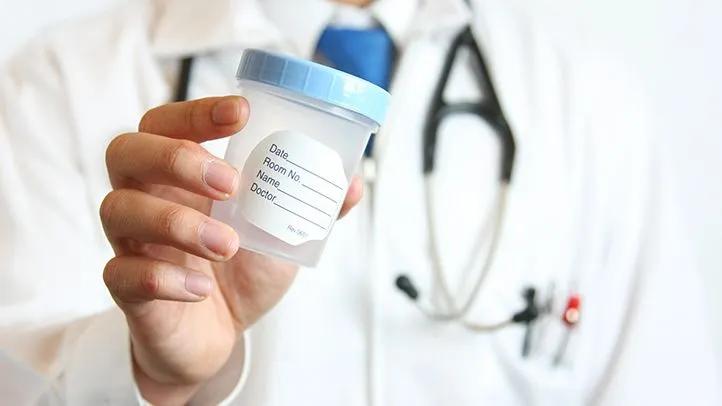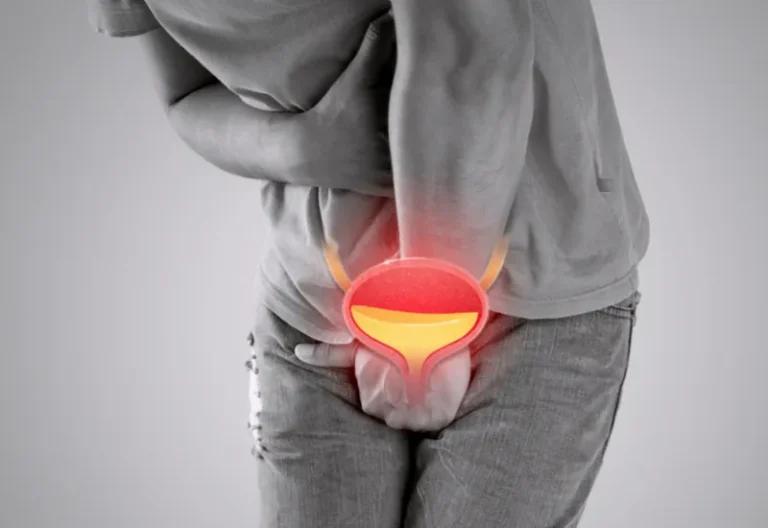Urinary tract infections (UTIs) are a common and often frustrating health concern, affecting millions of individuals worldwide. Infections can range from a simple bladder infection to a more serious kidney infection. In this guide, we’ll delve into the various tests used to diagnose UTIs, empowering you with the knowledge to manage your urinary health.
Understanding the urinary tract
The urinary tract is a complex system responsible for producing, storing, and eliminating urine from the body. It consists of the kidneys, ureters, bladder, and urethra. Each part plays a vital role in maintaining the overall health and function of the urinary system.
The kidneys
The kidneys are small, bean-shaped organs located on the back of the body, above the hips. The kidneys filter waste and excess water from the blood, which is then converted into urine. Kidney infections are known as pyelonephritis.
The ureters
The ureters are thin tubes that connect the kidneys to the bladder, carrying urine from the kidneys to the bladder for storage.
The bladder
The bladder is a balloon-like organ that stores urine until it is ready to be eliminated from the body. A bladder infection is known as cystitis.
The urethra
The urethra is the tube that carries urine from the bladder to the outside of the body. Inflammation of the urethra is called urethritis.
Causes and risk factors of UTIs
Urinary tract infections are caused by bacteria, with Escherichia coli (E. coli) being the most common culprit, responsible for over 90% of bladder infections. Bacteria can enter the urinary tract through the urethra, making their way up to the bladder, or in more severe cases, the kidneys.
Certain factors can increase the risk of developing a UTI, including:
- Women have a shorter urethra than men, making it easier for bacteria to reach the bladder
- Sexual intercourse can introduce bacteria into the urinary tract
- Spermicidal foam and diaphragms, are known to increase the risk of UTIs in women
- Hormonal changes and the growing uterus can put pressure on the bladder during pregnancy, increasing the risk of UTIs
- Individuals who require a urinary catheter have a higher risk of developing a UTI
- Diabetes or cancer treatment can weaken the body’s ability to fight off infections
- Structural blockages in the urinary tract can make it more susceptible to infection
Symptoms of a UTI
Symptoms of a urinary tract infection can vary depending on the location and severity of the infection. Common symptoms include:
- Frequent or urgent need to urinate
- Burning or pain during urination
- Cloudy, foul-smelling, or bloody urine
- Pelvic or lower abdominal pain
- Back pain or discomfort
- Fever, chills, and fatigue
In older adults or individuals with a weakened immune system, symptoms may be more subtle, such as changes in behavior, confusion, or incontinence.
Tests for UTIs
To determine if you have a urinary tract infection, your healthcare provider will likely conduct one or more of the following tests:
Urinalysis
Urinalysis is a simple urine test used to detect bacteria, white blood cells, and other indicators of a UTI in your urine sample. A small sample of your urine will be analyzed using various methods, such as dipstick testing or microscopic examination.
Urine culture
A urine culture involves growing any bacteria present in your urine sample in a laboratory. This can help identify the type of bacteria causing the infection and determine the most effective antibiotic treatment.
Imaging tests
If you have recurrent or complicated UTIs, your healthcare provider may order imaging tests to examine your urinary tract for structural abnormalities or underlying conditions that may be contributing to the infections. Tests may include:
- Ultrasound: An imaging test that uses sound waves to create images of the organs in your urinary tract
- Computed Tomography (CT) Scan: An imaging test that uses X-rays to create cross-sectional images of your body
- Cystoscopy: This involves inserting a small, flexible camera through the urethra to examine the inside of the bladder and urethra
Making sense of test results
Interpretation of your test results is crucial in determining the course of treatment for your UTI. Here’s a breakdown of what your test results may indicate:
Urinalysis
- White blood cells, red blood cells, or bacteria indicates a potential UTI
- Nitrites or leukocyte esterase suggests a bacterial infection
Urine culture
- Positive for a specific type of bacteria identifies the cause and guides antibiotic selection
- No growth or negative result may indicate a non-bacterial infection or the need for further testing
Imaging tests
- Structural abnormalities may reveal underlying conditions
- No visible issues helps to rule out certain causes and guides further investigation
Discuss your test results with your healthcare provider, as they can provide guidance on the next steps in your treatment plan.
Treatment options
Treatment for a UTI typically involves a course of antibiotics, which are based on the type of bacteria identified in the urine culture. Duration of antibiotic therapy can vary, but it’s vital to complete the course of medication, even if your symptoms improve.
In some cases, your healthcare provider may recommend additional treatment approaches:
- Intravenous (IV) antibiotics for severe or complicated UTIs
- For recurrent UTIs, a low-dose antibiotic regimen may be prescribed to prevent future infections
- Alternative therapies, such as cranberry supplements or cranberry juice or D-mannose, may be recommended as complementary treatments
It’s important to work closely with your healthcare provider to determine the most appropriate treatment plan for your specific situation.
Prevention
Preventing recurrent UTIs is crucial for maintaining overall urinary health. Strategies include:
- Wiping from front to back after using the bathroom, avoiding irritants like scented soaps, and keeping the genital area clean and dry
- Plenty of fluids throughout the day can help flush out bacteria
- Urinating after sexual activity can help remove any bacteria that may have been introduced
- Limiting the consumption of caffeine, alcohol, and sugary foods and drinks
- Probiotics and cranberry supplements
- Women who have gone through menopause may benefit from topical estrogen therapy
Discuss your risk factors and prevention strategies with your healthcare provider, who can help you develop a personalized plan to reduce the likelihood of recurrent UTIs.
When to seek medical attention
Seek medical attention, especially if you experience the following:
- Persistent or worsening symptoms
- Fever, chills, or lower back pain
- Inability to urinate
- Severe pain during urination
- Recurrent UTIs (2 or more within 6 months)
Conclusion
Diagnosis and management of urinary tract infections requires an understanding of the urinary system, the diagnostic tests, and the treatments available. By educating yourself and working closely with your healthcare provider, you can take steps to prevent, identify, and effectively treat UTIs.
Sources
- Urinary tract infection (UTI) – Diagnosis and treatment – Mayo Clinic
- Urinary Tract Infection (UTI): Causes, Symptoms & Treatment
- Urinary tract infections (UTIs) – NHS
Medical Disclaimer
NowPatient has taken all reasonable steps to ensure that all material is factually accurate, complete, and current. However, the knowledge and experience of a qualified healthcare professional should always be sought after instead of using the information on this page. Before taking any drug, you should always speak to your doctor or another qualified healthcare provider.
The information provided here about medications is subject to change and is not meant to include all uses, precautions, warnings, directions, drug interactions, allergic reactions, or negative effects. The absence of warnings or other information for a particular medication does not imply that the medication or medication combination is appropriate for all patients or for all possible purposes.








